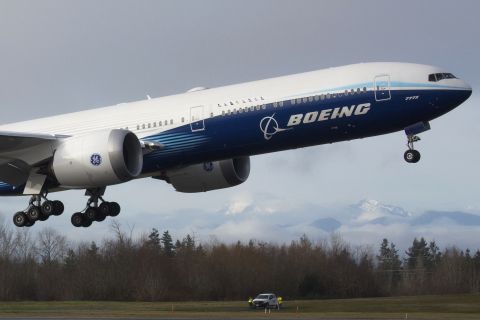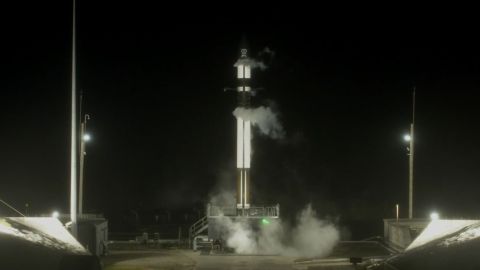ALBAWABA - The troubled space branch of Boeing had yet another significant setback when its Intelsat 33e satellite collapsed as a result of a major malfunction, as stated in a statement released by the satellite operator Intelsat.
The satellite, which launched in 2016 with the purpose of providing internet services to parts of Europe, Africa, and the Asia-Pacific area, was afflicted by an "anomaly" that ultimately led to its demolition.
Although the Intelsat 33e was just seven years into its service when it failed, its estimated lifetime was over 15 years. Together with Boeing and other government organizations, Intelsat has started an investigation, and a Failure Review Board has been assigned the responsibility of identifying the cause of the anomaly, according to Space.com.
According to preliminary data, the satellite's demise was abrupt and featured a large energy release that sent debris into orbit. The U.S. Space Force stated it is monitoring 20 particles, while other agencies have reported up to 80 pieces of debris.
There are currently around 3,000 defunct satellites scattered across orbit, in addition to 34,000 large space waste objects and millions of smaller ones, according to Yahoo. Currently operational satellites could have vital parts like solar panels damaged as a result of such junk, which would shorten their lifetime.
Boeing's space business has been infested by high-profile issues, including NASA's decision to employ SpaceX spacecrafts instead of Boeing's Starliner capsule in its Commercial Crew Program due to delays and technical issues.
In addition to the financial problems and operational setbacks that Boeing is experiencing, these obstacles continue to cast a shadow on the company's once-dominant position in the aerospace industry.









